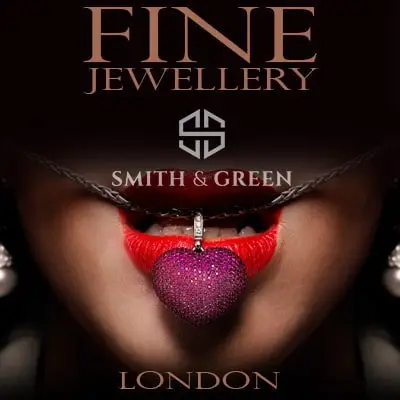Luxury brands are more than just products; they are symbols of heritage, craftsmanship, and timeless elegance. The legacy of a luxury brand is built over decades, sometimes centuries, and preserving this legacy requires meticulous planning and protection. One often overlooked but crucial element in safeguarding this legacy is life insurance. This article explores how life insurance plays a vital role in protecting the legacy of luxury brands, ensuring their survival and prosperity for future generations.
The Financial Backbone of a Legacy
Maintaining Continuity in Leadership
Leadership continuity is critical for luxury brands, especially those that are family-owned or closely held. The sudden loss of a key leader, whether a founding family member or a visionary CEO, can destabilize a brand and jeopardize its future. Life insurance provides the financial resources necessary to maintain operations, manage the leadership transition, and uphold the brand’s vision and values during challenging times.
For example, a well-structured life insurance policy can fund the buyout of shares from heirs who may not wish to be involved in the business, ensuring that the brand remains under the control of those committed to its long-term success. Discover the best life insurance options available to support your business endeavours in the UK.
Protecting the Brand’s Reputation
Reputation is one of the most valuable assets of a luxury brand. The market value of a brand like Louis Vuitton or Hermès is not just in its products but in the trust and prestige it has built with its clientele. Reputational damage can be devastating, and luxury brands are increasingly turning to insurance to protect against such risks. While reputational crisis insurance specifically addresses the fallout from incidents that could harm the brand’s image, life insurance can also play a role by providing the financial backing to manage crises effectively, ensuring that the brand’s legacy remains intact.
According to WTW, reputational risk is one of the most dynamic and systemic challenges facing luxury brands today. Insurance solutions that combine proactive risk management with responsive crisis management can be critical in mitigating these risks.


Supporting the Brand’s Future
Investment in Innovation and Expansion
Luxury brands must continually innovate to stay relevant in a competitive market. This includes everything from developing new products to expanding into new markets. Life insurance can provide the financial security needed to support these initiatives. The funds from a life insurance policy can be used to invest in new technologies, open flagship stores in emerging markets, or even acquire other brands to broaden the brand’s portfolio.
Preserving the Brand’s Heritage
Luxury brands often have a rich heritage that needs to be preserved. This could include maintaining historic properties, archives, or even continuing traditional manufacturing techniques. Life insurance can help ensure that there are funds available to preserve these aspects of the brand’s legacy, which are often as important as the products themselves in maintaining the brand’s identity.
Understanding Life Insurance: A Financial Perspective
Life insurance is widely recognized for offering financial protection to beneficiaries upon the policyholder’s death. However, it also provides significant financial benefits that can be utilized during the policyholder’s lifetime. One of the key advantages of life insurance is its ability to act as a financial asset, particularly through the cash value that certain policies accumulate over time.
The cash value in a life insurance policy is essentially a savings component that grows tax-deferred. This cash value can be accessed through policy loans or withdrawals, providing a source of liquidity and capital. Unlike other assets that might be tied up or difficult to liquidate quickly, the cash value of a life insurance policy offers flexibility and accessibility.
Mechanics of Using Life Insurance for Trading Capital
Accessing capital from a life insurance policy involves several steps:
- Review Policy Terms: Understand the specific terms of your life insurance policy, including the cash value component and loan provisions.
- Determine Loan Amount: Calculate the amount you can borrow based on the cash value. Policies typically allow borrowing up to a certain percentage of the cash value.
- Initiate Loan Request: Contact your insurance provider to initiate the loan process. This usually involves minimal paperwork and approval time.
- Receive Funds: Once approved, the loan amount is disbursed, which can then be used for trading capital.
It’s essential to understand that borrowing against your policy will accrue interest and potentially reduce the death benefit if not repaid. However, the benefits often outweigh these considerations, especially when used strategically.
Conclusion
The luxury brand industry is unique in its reliance on legacy, reputation, and innovation. Life insurance, while often associated with personal financial planning, plays a crucial role in protecting these brands. By providing financial security in times of uncertainty, life insurance ensures that luxury brands can navigate challenges, maintain continuity, and continue to thrive for generations to come.
For luxury brand owners and stakeholders, investing in a comprehensive life insurance strategy is not just a financial decision—it’s a commitment to safeguarding the brand’s legacy and ensuring its place in history.
By integrating life insurance into the broader strategy for brand preservation, luxury brands can secure their future and continue to captivate and inspire the world with their timeless elegance.

















